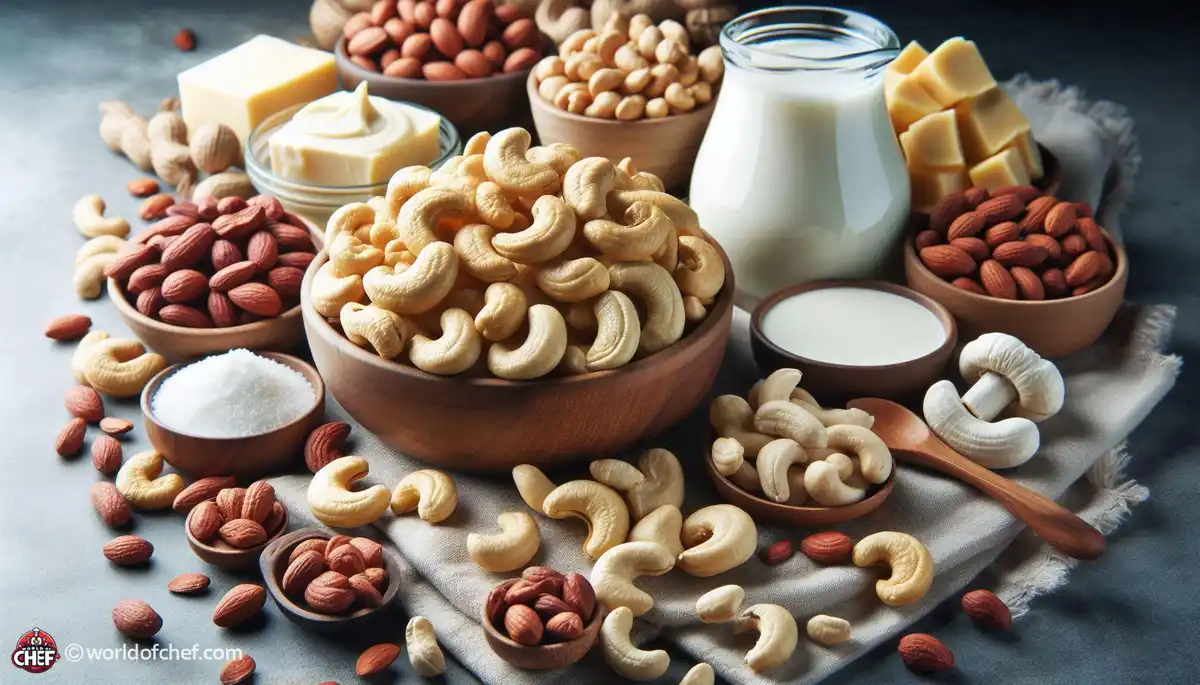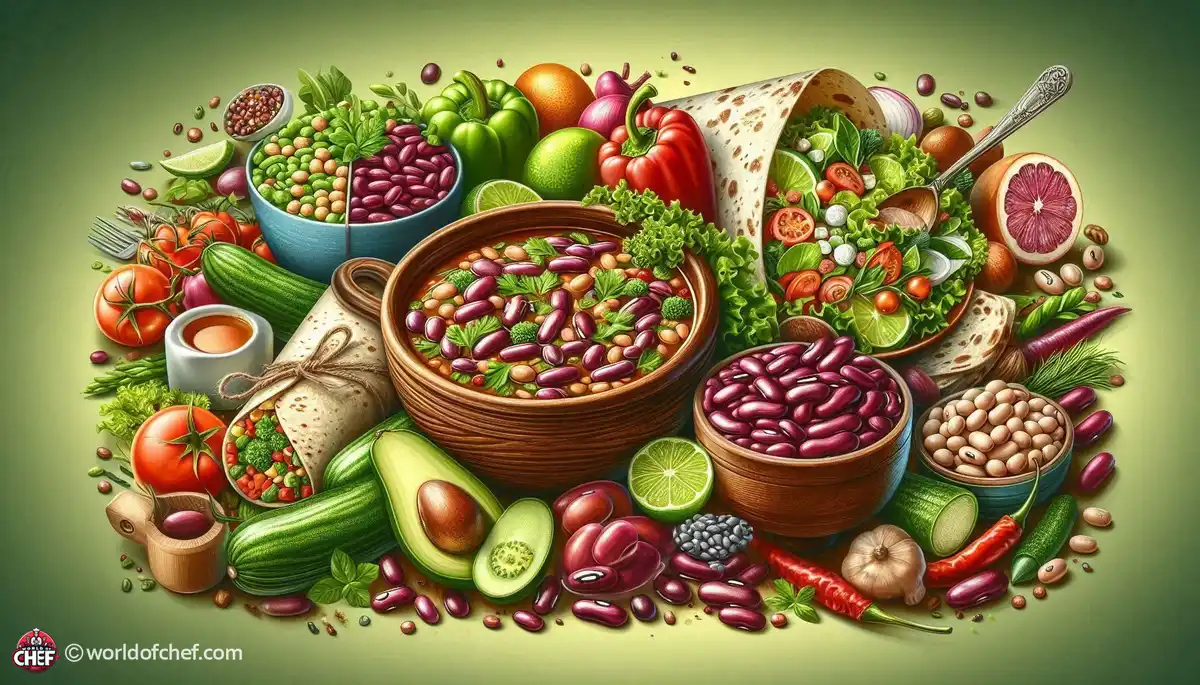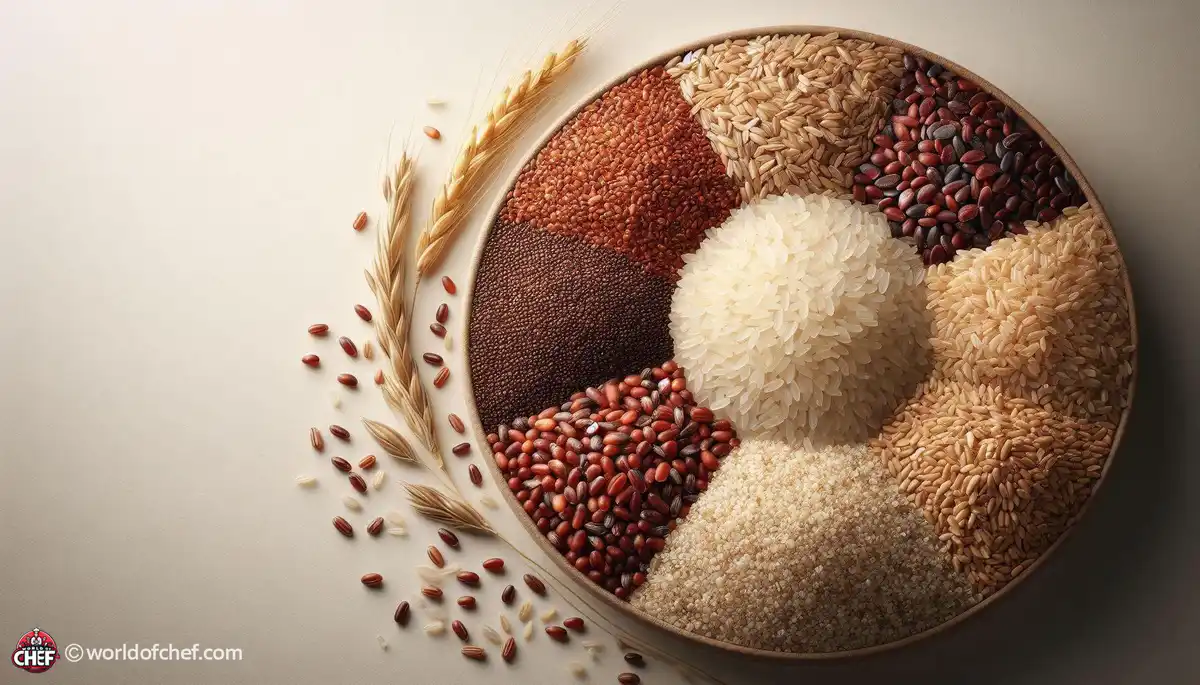
Unveiling the Power of Cruciferous Vegetables in Cancer Prevention
Eloise Jester - Mar 26, 2025 - 8 min read


Those little, round green balls of nutrition are part of many diets worldwide for centuries. Traced to ancient history, peas have their origin from the Middle East. Peas, since the ancient Egyptians began cultivating them, have become very important not only because of their nutritional qualities but also because of their great flexibility in preparation.
These tiny legumes should not be underestimated: peas are a powerhouse of nutrients. A good addition to most diets, peas are an excellent source of protein, fiber, vitamins, and minerals. They are good sources of vitamin K, manganese, folate, and vitamin C. Peas also contain much lower amounts of fat and calories, which means consuming them is unlikely to cause guilt in terms of enjoying their nutritional value.
Packed with lots of excellent nutritional values, peas are a very rich food source. Very rich in fiber, peas are a big help to digestive and weight management. Since the protein and fiber combine to regulate blood sugar levels, peas are an excellent choice for anyone suffering from diabetes or wishes to maintain the norm of their blood sugar levels. Besides their richness in content of antioxidants preventing inflammation and chronic conditions like heart diseases and cancer, peas are delicious in the kitchen and go with everything.
These are very versatile, can be added into any dish, both sweet and savory. Soup, salad, stir fry, and pasta are common dishes that add color and flavor and nutrition to whatever is being prepared. These can be eaten fresh, frozen, or dried and can be used anytime of the year. Also, peas are a staple in vegetarian and Vegan Recipes because of the high protein content. Whether it's stir-fried, pureed into a cream soup, or even part of a casserole, there is no denying that the culinary world revolves around these green legumes.
Perhaps the most common encounter is green peas, what a person thinks of when they mention the word "peas." Sweet and tender are words that describe the taste of these bright green round balls. They're as delicious raw as they are cooked. Green peas make an excellent addition to soup, salads, or are used as a side. They add freshness to almost any dish.
Snow peas, also known as Chinese pea pods, are best consumed when the pods are still edible and tender with a delicate flavor. These are the only type of peas that are picked at an immature stage, which makes them crunchy in texture with a sweet taste. Such versatile peas are used as part of stir-fry dishes, salads, or other Asian-inspired dishes that need the crunch of their tender pods.
Similar in appearance to snow peas, sugar snap peas have plump pods and sweet flavor. Since they are picked when the peas inside are fully mature, sugar snap peas aren't as sweet as snow peas, but they hold a better texture. Good raw or cooked, sugar snap peas are enjoyed crunchy for a snack or mixed with salads, stir-fries, and vegetable medleys.
Mature peas are split and dried to make split peas. They're suitable for soups, stews, and purees. There are two general types of split peas- green and yellow. The green split peas are even a bit sweeter compared to the yellow. Once cooked, they do retain their shape better compared to the yellow split peas. These yellow split peas are mildly flavored and break easily with cooking, making them so good for thickening your soups and sauces.
In buying fresh peas, make sure to have pods that are firm, plumpy, and vivid green in color. Do not get those peas that are shrunken, discolored, or have some moldy spots. For frozen peas, choose the ones with no freezer burn and have a minimal ice crystal formation. This is an indication that they have been frozen correctly.
Store fresh peas in refrigerator in a perforated plastic bag or an airtight container. They would be good for 3-5 days, and sooner would be much tastier and better in texture. Frozen peas can safely be stored in the freezer for 6 to 12 months, based upon packing and storage conditions.
Peas can be fresh, frozen, or dried and, in all their forms, can be cooked quickly. Fresh peas can be prepared by blanching in boiling water for 1-2 minutes, draining, and then rinsed with cold water to halt the cooking process. The frozen peas can be put directly into recipes without need for thawing, thereby making them a great product for busy cooks. Preparing dried split peas entails much longer cooking times than the other two forms; they must be simmered in soups and stews until tender.
You can save fresh peas you have in excess. Peas can be blanched and frozen for storage, or pickled and canned for consumption during other seasons. You can also dry the peas to make split peas, which you can keep in a cool, dry place for several months.
Another significant benefit of peas is being a food product environment friendly. Peas are one species of legumes that work as nitrogen fixers. They draw atmospheric nitrogen and convert it to a plant usable form reducing synthetic fertilizer application. Synthetic fertilizers improve soil conditions and prevent the detrimental impact of modern farming systems toward greenhouse emissions and water contamination.
Another primary use of peas is as a crop to be planted in rotation; the usual practice is alternating their use with other crops such as grains or vegetables on alternate years. This break helps cycle out pests and diseases from the system and aids the soil structure to increase replenishment of the nutrients with healthier and sustainable agricultural systems.
More companies are starting to use environmentally friendly packaging for peas and pea products, using compostable bags or recyclable materials. Consumers can further reduce their environmental footprint and support companies committed to sustainability by choosing products with sustainable packaging.
Locally grown peas are also a great alternative because they do not bring in transportation emissions. Such peas can be acquired by visiting farmers' markets, or you can take one from a community-supported agriculture program. Fresh locally produced peas can thus be available for consumption while assisting other small-scale farmers nearby with their work.

Eloise Jester - Mar 26, 2025 - 8 min read

Wayne Tobar - Mar 23, 2025 - 6 min read

Harold Turcios - Mar 19, 2025 - 7 min read

Nevaeh Zeng - Mar 16, 2025 - 6 min read